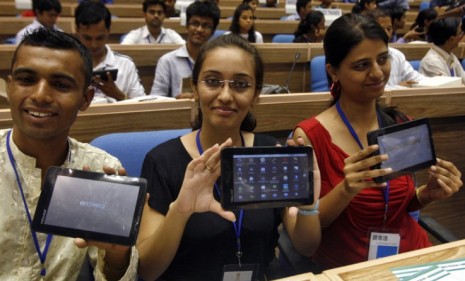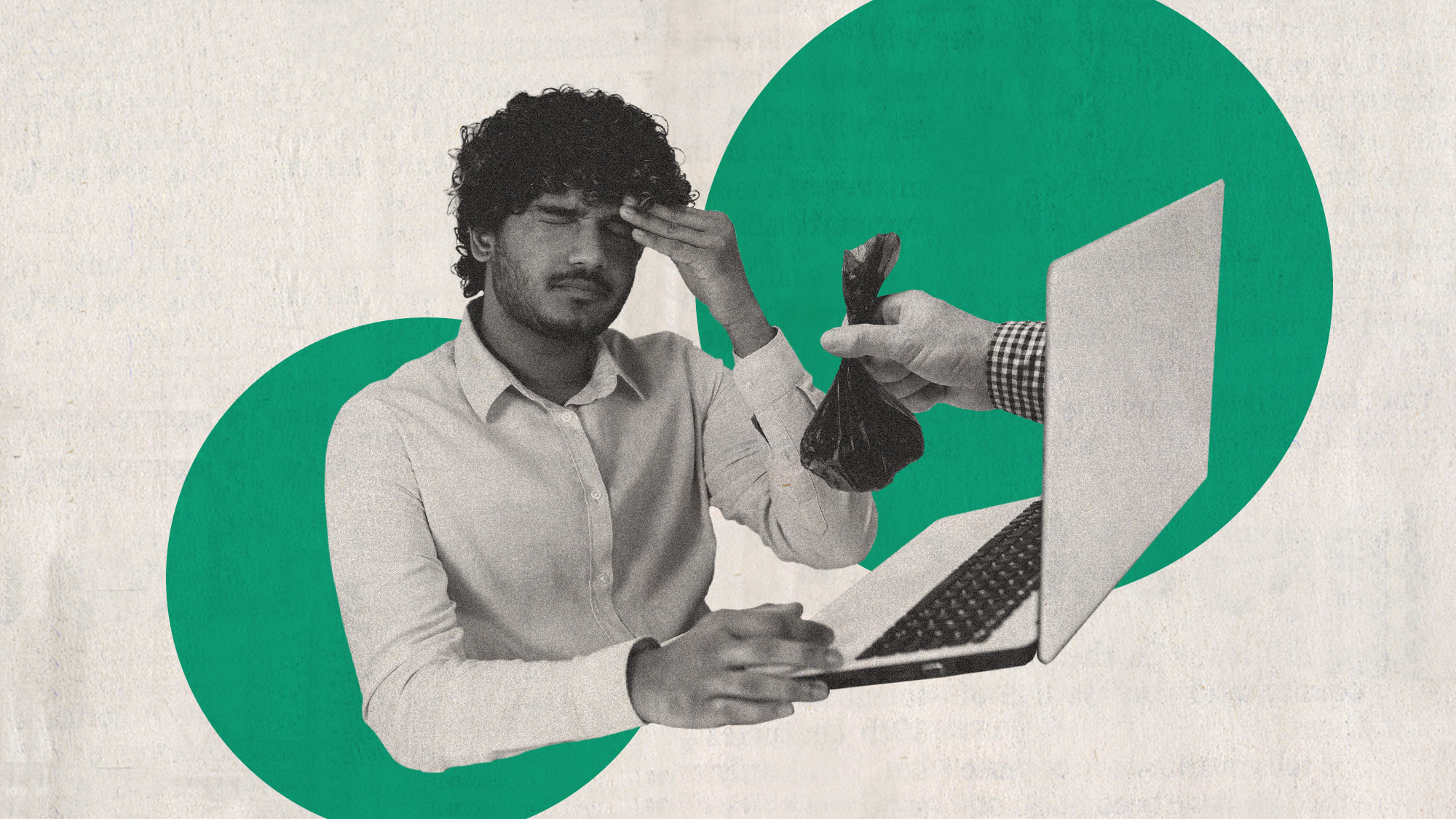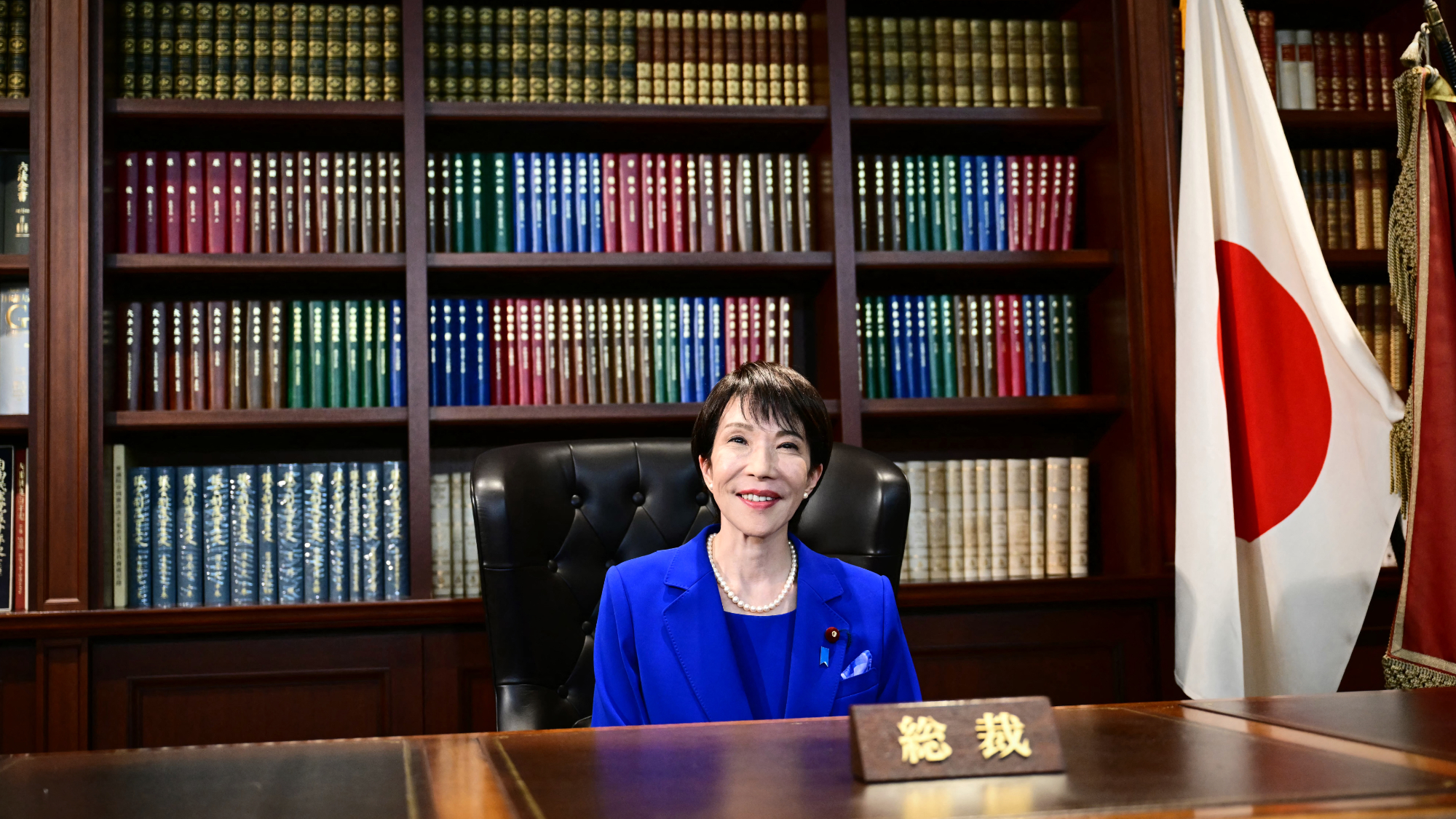Can a $35 tablet help India's poor?
The world's largest democracy is hoping that the world's cheapest tablet will help bridge the digital divide in a nation with a massive wealth gap

The iPad, it isn't. On Wednesday, India launched what it's calling the "world's cheapest computer": A tablet that costs as little as $35, and might just bring technology to the masses. Here, a brief guide:
What is this super cheap tablet?
Called the Aakash, or "sky" in Hindi, the tablet computer has a color screen, and video conferencing, word processing, and web browsing capabilities. It runs on Android 2.2, has 256 megabytes of RAM, a 2GB SD memory card, and two USB ports.
The Week
Escape your echo chamber. Get the facts behind the news, plus analysis from multiple perspectives.

Sign up for The Week's Free Newsletters
From our morning news briefing to a weekly Good News Newsletter, get the best of The Week delivered directly to your inbox.
From our morning news briefing to a weekly Good News Newsletter, get the best of The Week delivered directly to your inbox.
How on earth is it so cheap?
The computer's developer, Datawind, spent five years trying to cut costs and design a $10 computer. Datawind didn't quite meet the goal, but managed to create a tablet it's selling to the Indian government for $45. The government is subsidizing the tablets by $10 each so they'll be available to students and teachers for $35. To get started, it's handing out 100,000 of the tablets to college students for free, to help them study via online courses and e-books.
What's the thinking behind this cheap tablet?
Hundreds of millions of India's 1.2 billion citizens live in poverty and don't have access to anything beyond rudimentary technology. Even those in the middle class are often unable to afford pricey gadgets like iPads. "The rich have access to the digital world, the poor and ordinary have been excluded," says India's Telecoms and Education Minister, Kapil Sibal. "Aakash will end that digital divide."
A free daily email with the biggest news stories of the day – and the best features from TheWeek.com
How many people in India have access to the internet?
Not many. The number of Indians who can get online grew by 15 times from 2000 to 2010, but still only 8 percent of the population has regular access to the internet — despite the fact that the country has a thriving software and IT sector. By comparison, almost 40 percent of the Chinese population can get online. Of India's 25,000 colleges, less than 15 percent have broadband connections with adequate speeds.
Sources: Associated Press, Economic Times, Reuters
-
 AI workslop is muddying the American workplace
AI workslop is muddying the American workplaceThe explainer Using AI may create more work for others
-
 Japan poised to get first woman prime minister
Japan poised to get first woman prime ministerSpeed Read The ruling Liberal Democratic Party elected former Economic Security Minister Sanae Takaichi
-
 The 5 best mob movies of all time
The 5 best mob movies of all timeThe Week Recommends If you don’t like a good gangster flick, just fuhgeddaboudit